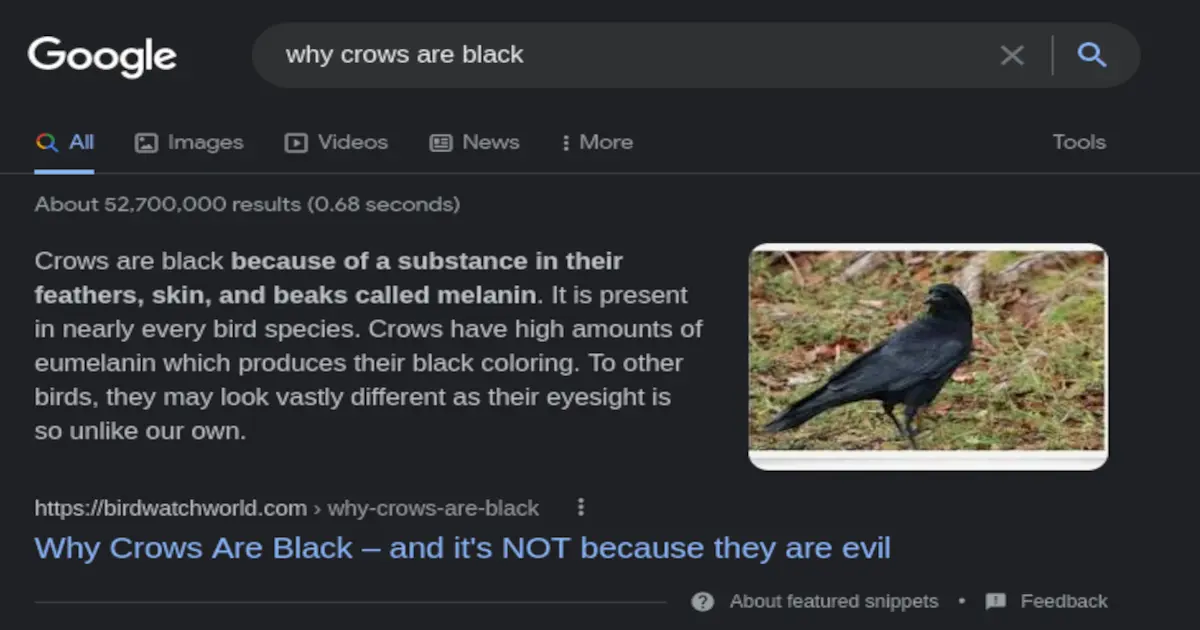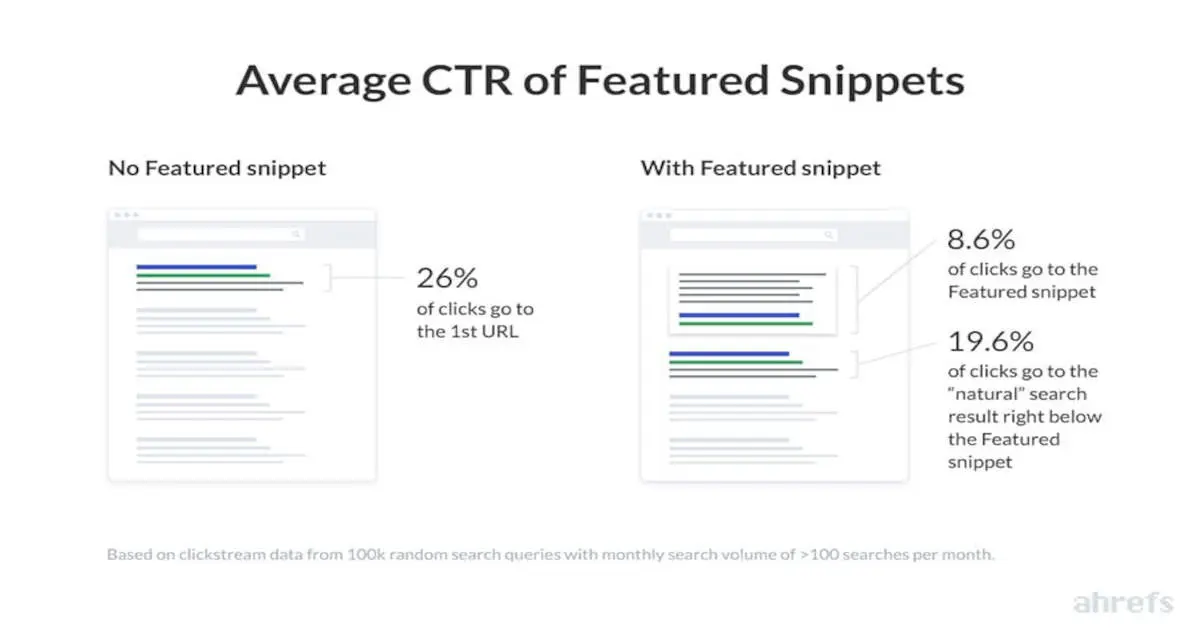Digital Marketing
Search Engine Optimization (SEO) Specialization
This specialization is offered by UCDAVIS over Coursera. There are 4 Courses and a Capstone Project in this specialization.
Info
I got access to the first course for free and have completed it; it was worth my time. However, the rest of the specialization requires payment, which I am not inclined to make at the moment as I currently have no use case for the knowledge I would gain.

